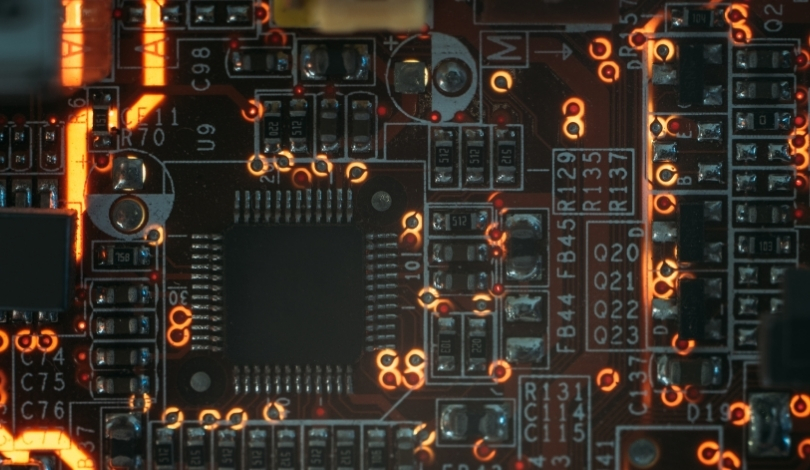NVIDIA‘s RTX 5000 graphics card has come under scrutiny following recent benchmark tests that highlight potential drawbacks in its performance. Users expressing concerns about the technology’s reliance on artificially generated frames are voicing doubts about the card’s overall effectiveness. This development marks a significant moment for gamers and professionals who rely on high-performance GPUs for their computing needs.
Fresh evaluations of the RTX 5000 reveal that while the card performs robustly in several areas, the use of ‘fake frames’ may undermine the authenticity of its rendering capabilities. Industry experts are debating whether this approach compromises the user experience, especially in scenarios demanding precise and reliable frame rates.
Does the RTX 5000 Deliver Genuine Performance?
The benchmarks indicate that although the RTX 5000 achieves high frame rates, some of these are generated through interpolation rather than actual rendering.
“Our goal was to optimize performance without sacrificing visual quality,”
an NVIDIA spokesperson stated, addressing the balance between speed and authenticity.
How Do Gamers React to ‘Fake Frames’?
Gamers have mixed feelings about the reliance on interpolated frames. While some appreciate the smoother gameplay, others argue that it detracts from the true performance of the hardware. This split in opinion highlights the broader debate on the use of such technologies in gaming.
What Are the Implications for Future GPU Development?
The feedback on the RTX 5000’s performance could influence future GPU designs, pushing manufacturers to refine frame interpolation techniques or seek alternative solutions. Ensuring that performance enhancements do not come at the expense of genuine rendering will be crucial for maintaining user trust.
Previous iterations of NVIDIA’s RTX series were lauded for their groundbreaking performance, setting high standards in the GPU market. However, the introduction of ‘fake frames’ in the RTX 5000 represents a shift that may require adjustments based on user feedback and benchmark results. This evolution reflects the ongoing challenges manufacturers face in balancing technological advancements with user expectations.
NVIDIA’s RTX 5000 has sparked a conversation about the importance of authenticity in graphics performance. By addressing the concerns surrounding ‘fake frames,’ the company can better align its products with the needs of both gamers and professionals. This focus on genuine performance will be essential for sustaining the RTX series’ reputation in the competitive GPU landscape.










